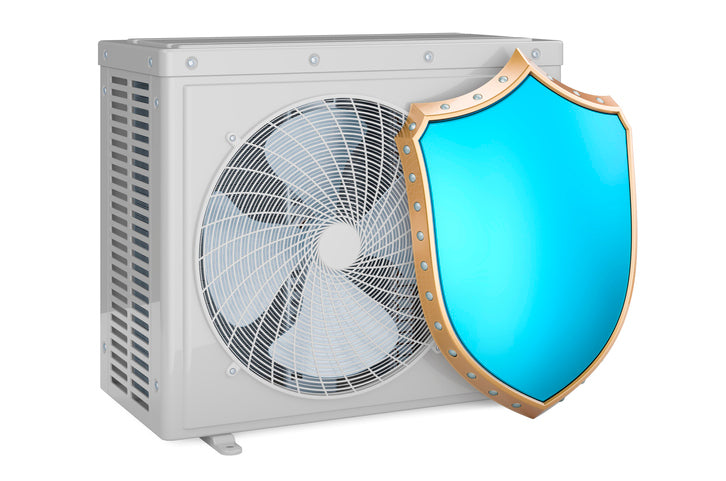The Differences Between PTAC Units and Mini-Splits

A reliable heating and cooling unit is essential for homeowners who want to be comfortable year-round. The type of equipment you use can significantly affect the installation complexity, system efficiency, and how much ventilation your home has.
These are the differences between PTAC units and mini-splits.
Installation
One big difference between PTAC units and mini-splits is the installation procedure. PTAC units are installed directly into the wall, meaning you’ll have to create a hole big enough for it to fit. On the other hand, mini-splits only need a small conduit going into the home, making it less intrusive.
Mini-splits are also cheaper to install. While neither requires ductwork, PTAC units must extend out of the wall a few inches, making them more difficult to get level. Because mini-splits use refrigerant, you’ll need a certified technician to help with the installation. While you can install a PTAC unit yourself, hiring someone who knows how to do it right is usually suggested.
Efficiency
Another way that PTAC units and mini-splits differ is in their overall efficiency. Because mini-splits work by moving hot air from one location to another, they use much less energy than their counterparts. PTAC units, on the other hand, aren’t much more efficient than traditional central air systems.
Of course, finding the right equipment is key to maximum efficiency. If a unit is too big or too small for a space, it will directly influence energy usage. Some homeowners prefer using a ducted split AC since they’re easier to manage, work over multiple zones, and make much less noise than the alternatives.
Ventilation
Homeowners may also want to consider how good the ventilation is in their homes. In such cases, a PTAC unit may be better than a mini-split. Because they work by treating and blowing in air from the outside, they can help keep the space fresh.
Mini-splits, on the other hand, only move existing air. This means they don’t provide ventilation to the home. In such cases, homeowners will need an alternative ventilation system installed, which can further increase costs and reduce efficiency.
Find A Heating and Cooling Solution That Works for You
There’s a lot of work involved in homeownership. Whether you want improved efficiencies or better ventilation, keeping things under control is essential.
Knowing the differences between PTAC units and mini-splits will allow you to utilize the best heating and cooling solution for your situation.






